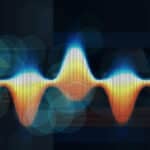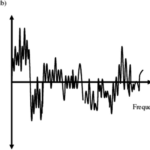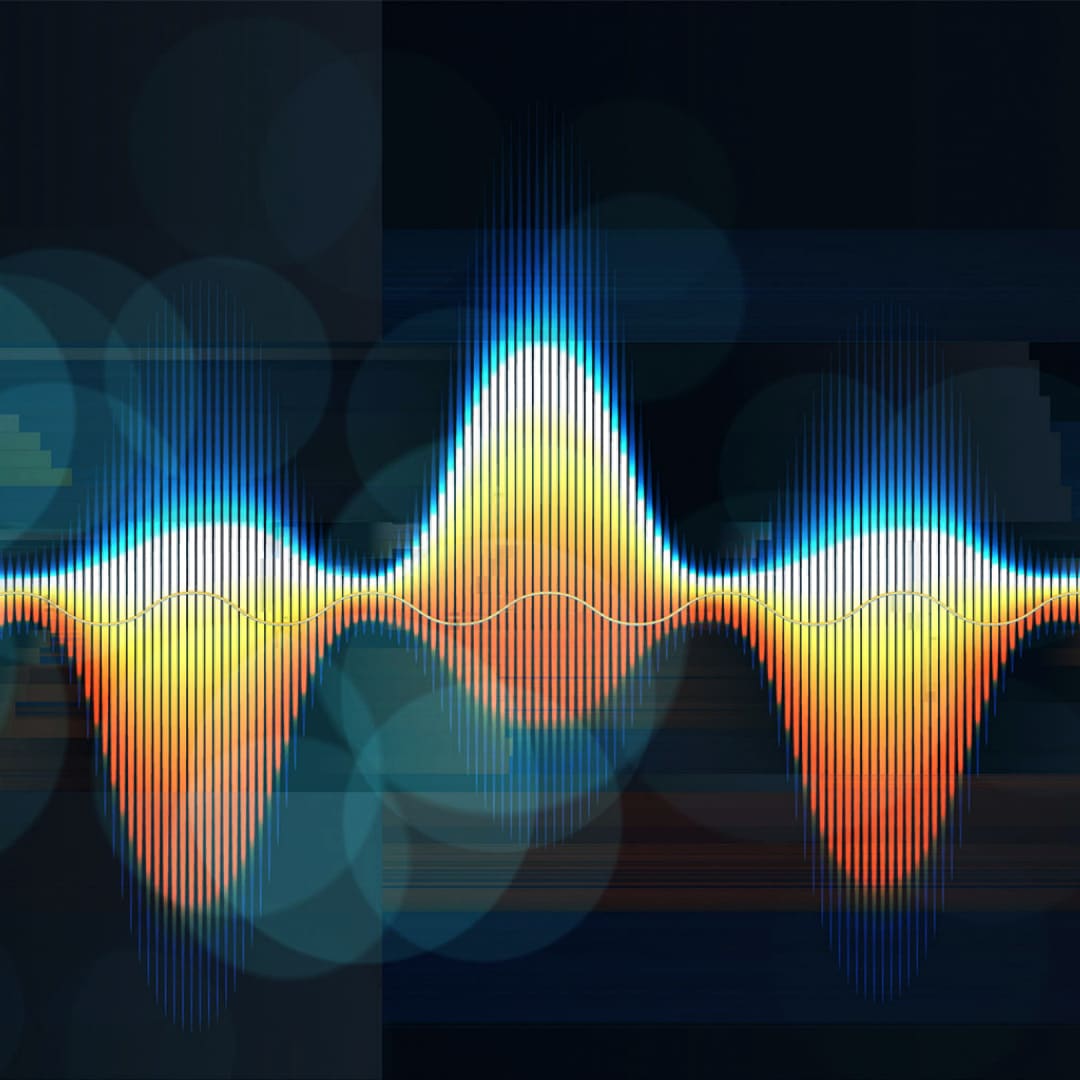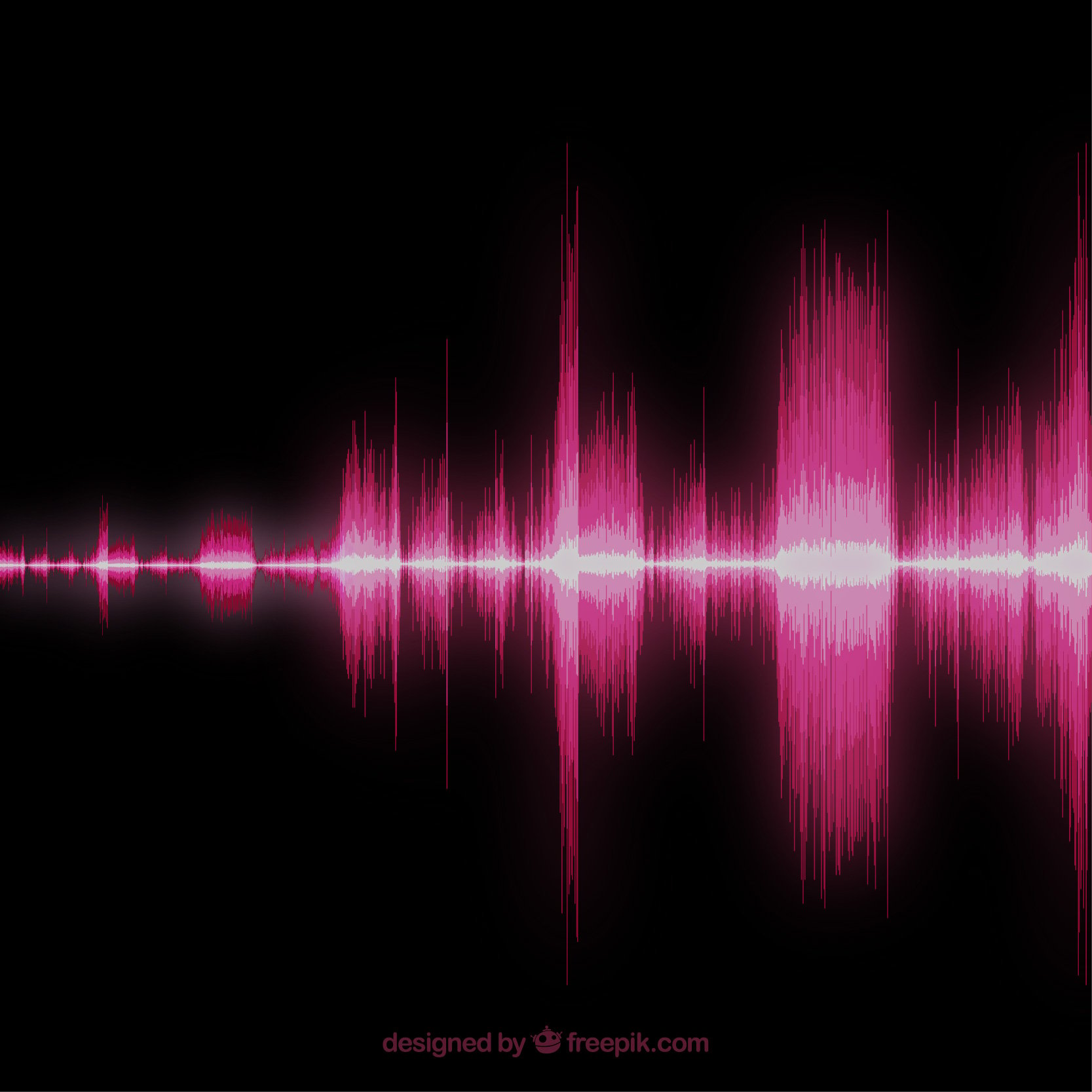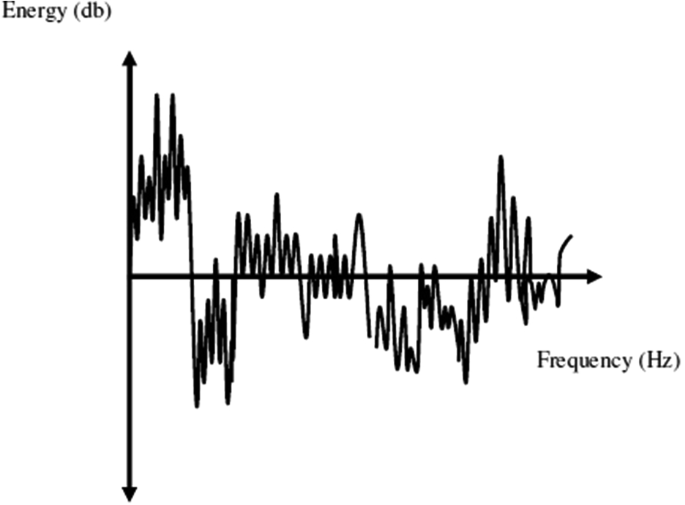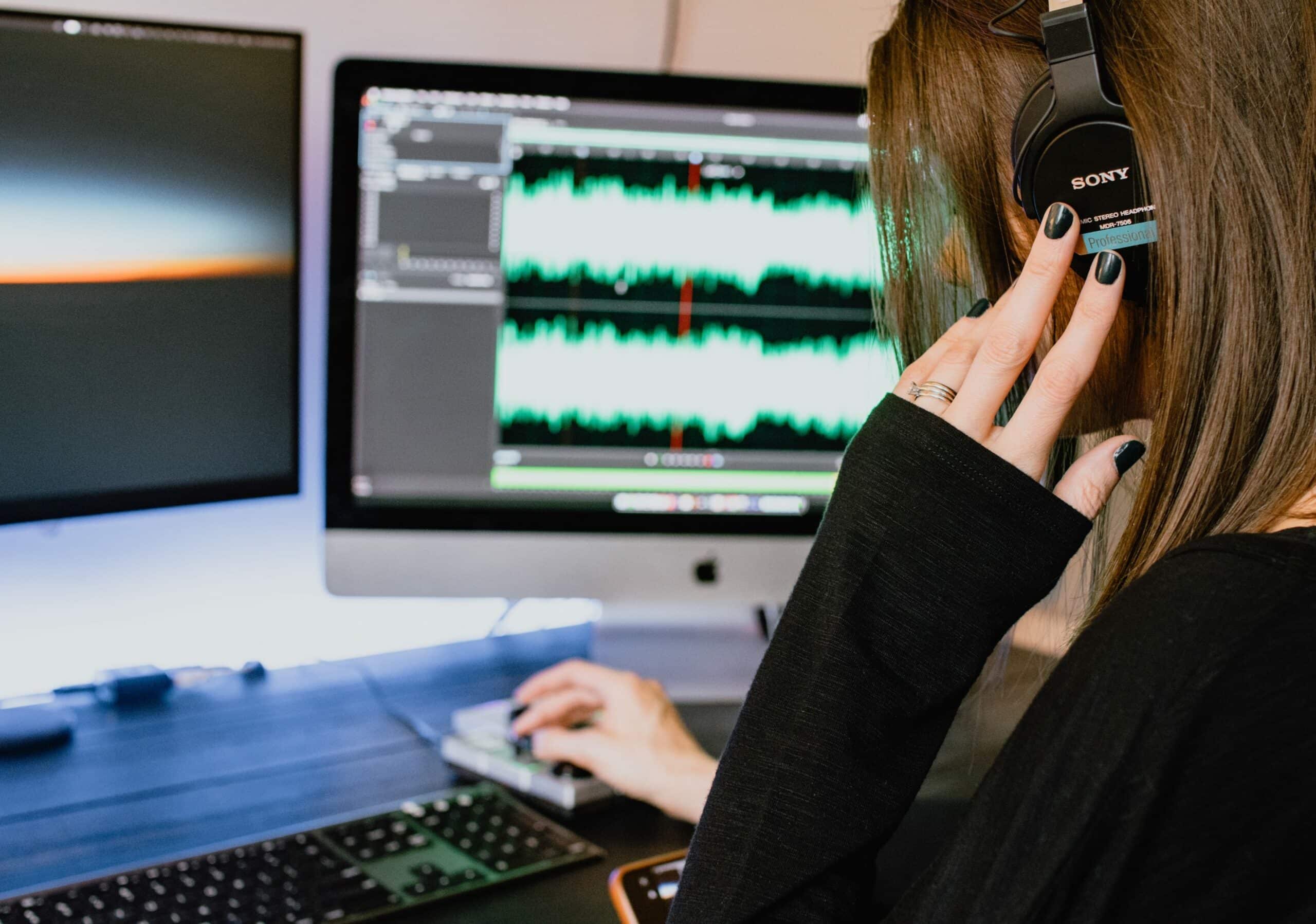Have you ever wondered how the music industry ensures originality amidst an ocean of songs? As a seasoned copywriter and lover of all things music, I too was compelled to unravel this enigma.
Interestingly, audio forensics is our unsung hero – deterring plagiarism and shielding intellectual property in the world of melodies. Dive into this intriguing melody mystery with me – let’s hit play!
Key Takeaways
- Audio forensics is an essential tool in the music industry for protecting intellectual property and detecting plagiarism.
- Techniques such as audio signature analysis, spectrographic analysis, comparison of waveform patterns, and metadata analysis are used to identify similarities between musical works and detect unauthorized use or imitation.
- Famous cases like Robin Thicke and Pharrell Williams’ “Blurred Lines” lawsuit highlight the role of audio forensics in resolving plagiarism disputes by providing concrete evidence through sound analysis.
- Advancements in technology, including AI – powered algorithms and digital audio fingerprinting, hold promise for enhancing the effectiveness of audio forensics in protecting musicians’ rights.
Defining Audio Forensics in the Music Industry

Audio forensics in the music industry involves the use of techniques and technologies to protect intellectual property and detect plagiarism.
Importance of protecting intellectual property
In the lively landscape of the music industry, protecting intellectual property remains a critical concern for creators and publishers alike. As artists pour their creativity and emotional energy into original compositions, it is paramount that their works are safeguarded from unauthorized use or imitation – this constitutes music plagiarism.
The scenario where an artist’s melody or lyrics are used without permission is not just ethically wrong; it can also lead to substantial financial losses. This emphasizes the crucial need for robust measures like audio forensics in preserving one’s hard-earned creative assets.
Moreover, enforcing copyright laws helps maintain a fair marketplace in which musicians earn rightful recognition for their unique artistic contributions —a deterrent against future infringements.
Hence, audio forensics becomes a potent tool in this battle to protect intellectual properties within the world of music.
Detecting plagiarism
As an audio forensic expert in the music industry, I have witnessed firsthand the importance of detecting plagiarism. Music plagiarism refers to the unauthorized use or close imitation of another artist’s musical work while presenting it as one’s own original creation.
This unethical practice not only undermines the integrity of the music industry but also infringes upon intellectual property rights. With advancements in audio forensics techniques, we can now effectively identify instances of plagiarism and protect artists’ creative efforts.
Using sophisticated methods such as audio signature analysis, spectrographic analysis, comparison of waveform patterns, and metadata analysis, we can analyze musical compositions for similarities that indicate potential plagiarism.
By comparing these key elements in different songs and scrutinizing every detail, we can detect if one artist has copied significant portions or melodies from another’s work.
Case studies showcasing famous instances of music plagiarism highlight how crucial audio forensics has been in resolving these disputes. By providing concrete evidence through sound analysis and digital audio fingerprinting technology, experts have played a critical role in determining copyright infringement and protecting artists’ work.
The future of audio forensics holds even more promise for detecting plagiarism in the music industry. Advancements in AI technology present opportunities to enhance our ability to identify subtle similarities between songs and automate parts of the process.
However, along with technological progress come challenges and ethical considerations that must be addressed collaboratively by both audio professionals and legal experts.
Techniques Used in Audio Forensics for Intellectual Property Protection

Audio forensics utilizes various techniques to protect intellectual property in the music industry, including audio signature analysis, spectrographic analysis, comparison of waveform patterns, and metadata analysis.
Audio signature analysis
In audio forensics, one of the techniques used for intellectual property protection is audio signature analysis. This process involves analyzing unique characteristics and patterns within an audio recording to create a distinct “signature” that can be compared with other recordings.
By examining elements such as frequency response, spectral content, and waveform patterns, experts can determine whether a particular piece of music has been plagiarized or if there are similarities between different songs.
Audio signature analysis plays a crucial role in identifying instances of copyright infringement and protecting the rights of songwriters, music publishers, and artists in the music industry.
Spectrographic analysis
Spectrographic analysis is a powerful technique used in audio forensics to protect intellectual property and detect plagiarism in the music industry. By analyzing the frequency content of an audio recording, spectrographic analysis can provide valuable insights into the composition and structure of a piece of music.
This technique allows experts to compare waveforms, identify similarities between different tracks, and uncover potential cases of plagiarism or copyright infringement. With advancements in technology, spectrographic analysis has become even more accurate and efficient, enabling music professionals to better safeguard their work and uphold intellectual property rights.
Comparison of waveform patterns
In audio forensics, one of the techniques used to protect intellectual property is the comparison of waveform patterns. Waveform patterns are unique signatures created by sound waves and can be analyzed to identify similarities or differences between different musical works.
By comparing waveform patterns, experts can detect instances where an artist may have plagiarized another’s music.
This technique involves analyzing the shape, frequency, and duration of waveforms in different songs to determine their similarities or discrepancies. By examining the waveform patterns side by side, audio forensic experts can identify if certain sections of a song match those from another composition, indicating potential plagiarism.
This method provides concrete evidence that can be presented in legal proceedings to protect musicians’ intellectual property rights.
By utilizing advanced audio analysis tools and techniques like waveform pattern comparison, the music industry can ensure that artists receive proper credit for their work while discouraging plagiarism and unauthorized use of copyrighted material.
Metadata analysis
In the music industry, metadata analysis plays a crucial role in audio forensics for protecting intellectual property and detecting plagiarism. Metadata refers to the descriptive information embedded within a digital audio file, such as artist name, song title, album information, and copyright details.
By analyzing this metadata, experts can gather valuable insights into the origin of a musical work and identify potential instances of plagiarism. For example, comparing metadata between two songs can expose inconsistencies or discrepancies that suggest unauthorized use of copyrighted material.
This form of analysis has been utilized in famous music plagiarism cases to provide concrete evidence against alleged plagiarists. Leveraging advanced technology and expertise in metadata analysis will continue to be essential in preserving the integrity of musical works and ensuring fair compensation for original creators.
Case Studies Highlighting the Role of Audio Forensics in Detecting Plagiarism
Audio forensics has played a critical role in identifying music plagiarism. Several high-profile cases have demonstrated how this technology can uncover unauthorized use of musical works and protect the rights of artists.
Discover how audio forensics techniques have been applied in these cases to detect plagiarism and safeguard intellectual property.
Read More: [include hyperlink to blog post]
Famous plagiarism cases in the music industry
In the music industry, there have been several infamous cases of plagiarism that have captured public attention. One prominent example is the lawsuit filed against Robin Thicke and Pharrell Williams by Marvin Gaye’s estate.
They were accused of copying elements from Gaye’s hit song “Got to Give It Up” in their chart-topping track “Blurred Lines.” The case highlighted how audio forensics played a crucial role in determining similarities between the two songs, ultimately leading to a verdict in favor of Gaye’s estate.
Another notable case involves Sam Smith and Tom Petty, where it was claimed that Smith’s Grammy-winning song “Stay With Me” bore striking similarities to Petty’s classic hit “I Won’t Back Down.” Again, audio forensics experts were instrumental in analyzing the musical elements and settling the matter.
How audio forensics played a crucial role in resolving these cases
I have seen firsthand how audio forensics can play a crucial role in resolving plagiarism cases in the music industry. By utilizing advanced techniques such as audio signature analysis, spectrographic analysis, comparison of waveform patterns, and metadata analysis, experts are able to analyze and compare musical works to determine if there has been any unauthorized use or imitation of another artist’s material.
In famous plagiarism cases, audio forensics has helped provide concrete evidence by highlighting similarities between songs that would otherwise go unnoticed. This scientific approach eliminates subjectivity and provides objective data that can be presented in legal proceedings.
It not only protects the intellectual property rights of artists but also ensures fairness and transparency within the industry.
With advancements in technology, including AI-powered music identification algorithms and digital audio fingerprinting methods, the future of audio forensics looks promising. However, it is important to address potential challenges such as ethical considerations and collaboration between audio professionals and legal experts to ensure accurate results without infringing on privacy or artistic freedom.
The Future of Audio Forensics in Protecting Intellectual Property
In the future, advancements in technology will likely play a crucial role in strengthening audio forensics’ ability to protect intellectual property. Collaboration between audio professionals and legal experts is essential for addressing potential challenges and ethical considerations.
Discover how these advancements can revolutionize music copyright protection and prevent music piracy. Read more about the exciting future of audio forensics in protecting intellectual property in the music industry.
Advancements in technology
In recent years, advancements in technology have revolutionized the field of audio forensics in the music industry. With the development of sophisticated software and algorithms, professionals now have powerful tools at their disposal to protect intellectual property and detect plagiarism.
For instance, techniques like audio signature analysis, spectrographic analysis, comparison of waveform patterns, and metadata analysis allow experts to identify unique characteristics of musical works and compare them with existing compositions.
Moreover, digital audio fingerprinting and watermarking technologies enable copyright protection measures by embedding hidden markers within songs. These advancements not only enhance the efficiency of detecting plagiarism but also provide valuable evidence in resolving legal disputes.
Potential challenges and ethical considerations
In the ever-evolving landscape of audio forensics in the music industry, there are several potential challenges and ethical considerations to address. One major challenge is keeping up with advancements in technology.
As new tools and techniques emerge, it becomes crucial for audio professionals to stay updated and adapt their methodologies accordingly.
Another challenge is ensuring the accuracy and reliability of the analysis conducted through audio forensic methods. With complex cases of intellectual property protection and plagiarism detection, there may be room for interpretation or subjective judgment.
It is important for experts in the field to maintain a high level of professional ethics, meticulousness, and transparency in their work.
Ethical considerations also come into play when dealing with legal implications related to copyright infringement cases. Balancing the rights of original creators while allowing creative freedom can be a delicate matter.
The use of AI algorithms raises questions about ownership recognition accuracy and potential biases in identifying similarities or plagiarized content.
Collaboration between audio professionals and legal experts is vital to ensure proper understanding of copyright laws and intellectual property rights. This collaboration will help establish clear guidelines on what constitutes originality versus plagiarism in musical works.
Importance of collaboration between audio professionals and legal experts
As an audio forensic expert, collaboration with legal experts is of utmost importance. It allows us to navigate the complex world of intellectual property rights and ensure that musicians’ creative work is protected.
By working together, we can effectively analyze audio recordings, identify instances of plagiarism or copyright infringement, and present our findings in a legally sound manner.
Legal professionals bring their expertise in copyright laws and regulations to the table, helping us understand the legal implications of our audio analysis. They also guide us in collecting evidence that meets legal standards and prepare reports that are admissible in court if necessary.
On the other hand, audio professionals provide technical expertise in analyzing waveforms, conducting spectrographic analysis, comparing metadata, and using advanced tools for authentication.
Conclusion
In conclusion, audio forensics plays a crucial role in the music industry by protecting intellectual property and detecting plagiarism. Through techniques such as audio signature analysis, spectrographic analysis, and metadata analysis, experts can identify similarities between musical works and ensure that proper credit is given to original creators.
As technology continues to advance, the future of audio forensics holds great promise in safeguarding artistic integrity and upholding copyright protection in an ever-evolving digital landscape.
Collaboration between audio professionals and legal experts will be key in navigating potential challenges while ensuring ethical practices are upheld for the benefit of musicians and the industry as a whole.
FAQs
1. What is audio forensics and how does it relate to the music industry?
Audio forensics refers to the scientific analysis and examination of audio recordings for various purposes, including protecting intellectual property and detecting plagiarism in the music industry. It involves using specialized techniques and tools to analyze audio files for signs of tampering or unauthorized use.
2. How can audio forensics help protect intellectual property in the music industry?
Audio forensics experts can compare different audio recordings to identify similarities or differences that may indicate infringement or unauthorized use of copyrighted material. By analyzing waveforms, frequencies, and other characteristics, they can provide evidence of theft or plagiarism, helping musicians and creators protect their intellectual property rights.
3. What techniques are used in audio forensics for detecting plagiarism in music?
Audio forensic experts utilize a variety of techniques such as spectral analysis, waveform comparison, time stretching/compression analysis, pitch analysis, and digital watermark detection to detect potential cases of plagiarism in music. These methods allow them to identify similarities between songs even when alterations have been made to disguise the original source.
4. Can audio forensics be used as legal evidence in cases involving copyright infringement or plagiarism?
Yes, audio forensic analyses are often admissible as evidence in legal proceedings related to copyright infringement or plagiarism cases within the music industry. The findings from these analyses can play a crucial role in determining whether unauthorized copying has occurred by providing objective scientific data that demonstrates similarities between compositions or recordings.






